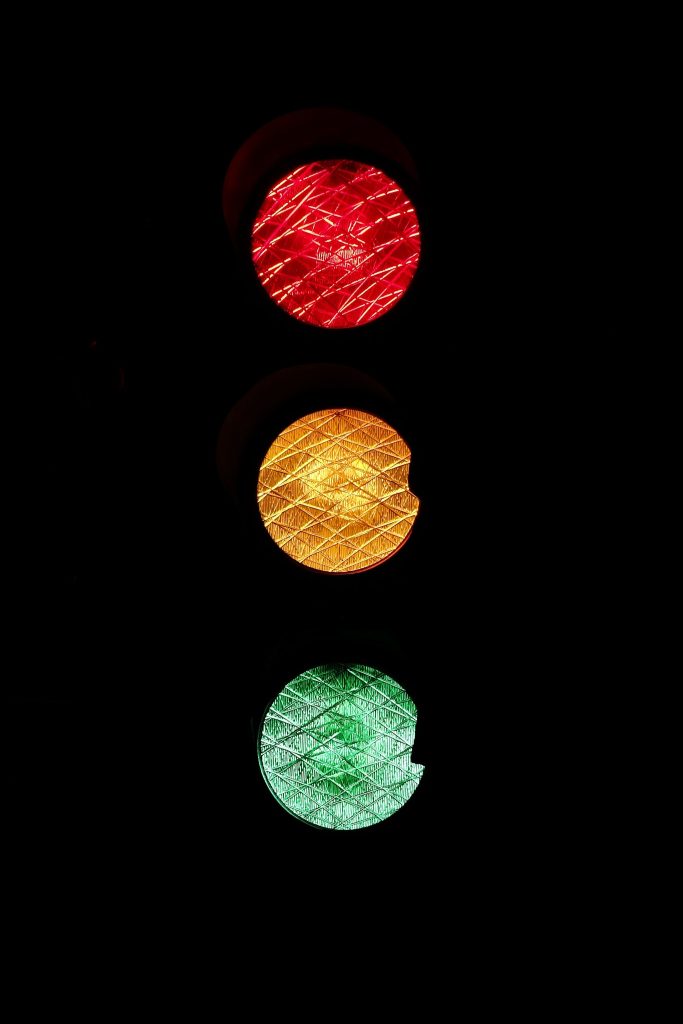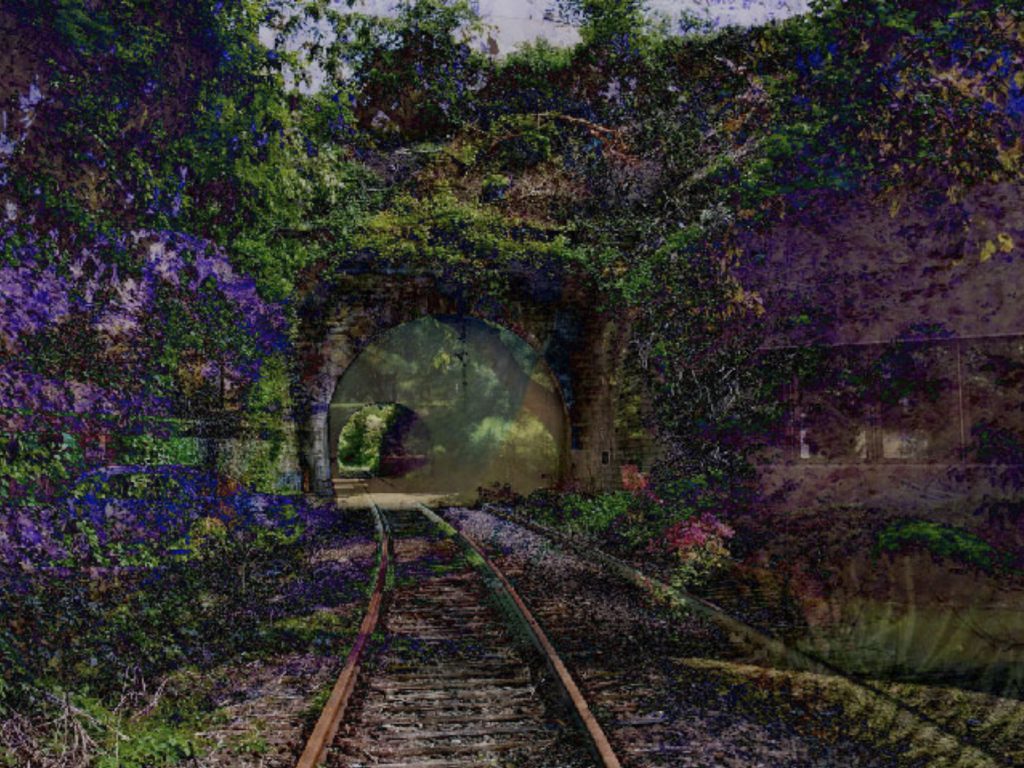In August 2023, the United States District Court for The District Of Columbia ruled in the case of Thaler v Perlmutter that human authorship is essential for a valid copyright claim.
What does this mean for the future of AI?
Background Context
Plaintiff Stephen Thaler owns a computer system he calls the “Creativity Machine,” which he claims generated a piece of visual art of its own accord. This Creativity Machine created a work titled: “A Recent Entrance to Paradise”. He sought to register the work for copyright protection, listing the computer system as the author and explaining that the copyright should transfer to him as the owner of the machine.
Thaler explained the work had been “autonomously created by a computer algorithm running on a machine,” but that plaintiff sought to claim the copyright of the “computer-generated work” himself “as a work-for-hire to the owner of the Creativity Machine.”
The Copyright Office refused to register the work because copyright law is limited to ‘original intellectual conceptions of the author’ and so the Office will refuse to register a claim if it determines that a human being did not create the work.
The Copyright Office Review Board affirmed the denial of registration, agreeing that copyright protection does not extend to the creations of non-human entities.
Goalposts
The Copyright Act of 1976 attaches copyright protection “immediately” upon the creation of “original works of authorship fixed in any tangible medium of expression,” provided those works meet certain requirements.
Thaler tried to register the work with the Register of Copyrights hoping the Register will issue a certificate of registration that allows the claimant to pursue infringement claims in court.
The only legal question in this case was whether a work generated autonomously by a computer falls under the protection of copyright law upon its creation.
Positions and Arguments
The Plaintiff Thaler made arguments that the existing legal framework allows the copyright to transfer to him as the owner of the AI.
The Court ruled that those arguments are wrong because it discusses TO WHOM copyright should be registered, when in fact by denying the application the Register Copyrights (Respondent Perlmutter) had concluded there was no copyright AT ALL to transfer to anyone.
Since the Plaintiff initially indicates the work was “[c]reated autonomously by machine,” and that his claim to the copyright was only based on the fact of his “[o]wnership of the machine,” then he could not later claim, as he does, that he “provided instructions and directed his AI to create the Work,” that “the AI is entirely controlled by [him],” and that “the AI only operates at [his] direction.”
The understanding that “authorship” is synonymous with human creation has persisted even as the copyright law has otherwise evolved.
The Court analyzed a series of precedents and reached the conclusion that human authorship is an indispensable component to copyright protection.
As with many areas of law, fringe cases often have the deepest philosophical and entertainment value…
Monkey Selfies, Celestial Authors, and Creativity Machines, Oh My!
Precedent #1: The Macaque Who Said Cheese

Naruto v. Slater, 888 F.3d 418, 420 (9th Cir. 2018) is an infamous case among lawyers for being delightful while also legally impactful and meaningful. A wildlife photographer, David Slater, left his camera unattended in the reserve. Naruto, a seven-year-old crested macaque, allegedly took several photographs of himself (the “Monkey Selfies”) with Slater’s camera.
The Court concluded that Naruto and all animals BECAUSE THEY ARE NOT HUMAN lacks standing (the legal position to sue).
PETA sought file a complaint as “Next Friend” to Naruto because Naruto could not litigate his own cause, and PETA has a significant relationship and is truly dedicated the best interest of Naruto.
The Court rejected this.
“PETA does not claim to have a relationship with Naruto that is any more significant than its relationship with any other animal.”
So, Naruto could not sue. However, the reasoning was quite interesting: Naruto could not sue because he was an animal, and therefore not human.
The Court looks at sections of the Copyright Act both in the Naruto Monkey Selfie case and our Creativity Machine case which refer to “children whether legitimate or not” of an “author,” and terms like “”grandchildren,” “legitimate,” “widow,” and “widower”.
The terms “children,” “grandchildren,” “legitimate,” “widow,” and “widower” all imply humanity and necessarily exclude animals that do not marry and do not have heirs entitled to property by law.
To me it seems like there is an important distinction between the categories of “Animal” and “Non-Human Animal”. It seems like a pedantic point until you remember that one of precedents the Court relies on supports their conclusion that since the statute does not plainly state that animals have standing then animals do not have standing.
The next piece of the puzzle is…
Precedent #2: Amanuensis of the Divine
In the 1997 case of Urantia Foundation v. Maaherra, the 9th circuit Court had to decide whether copyright protections covered a work that was alleged to have been authored by celestial beings.

Both parties in this case believe the work was authored by celestial beings and transcribed, compiled and collected by mere mortals. Members of the Contact Commission chose and formulated the specific questions asked. These questions materially contributed to the structure of the Papers, to the arrangement of the revelations in each Paper, and to the organization and order in which the Papers followed one another.
Both parties believe that the words in the Book were “authored” by non-human spiritual beings described in terms such as the Divine Counselor, the Chief of the Corps of Superuniverse Personalities, and the Chief of the Archangels of Nebadon.
Maaherra, who describes herself as “an avid reader of the [Book] since 1969,” prepared a study aid in 1990 that included the entire text of the Book and started distributing it for free. That same year, the Foundation learned that someone was distributing the Book on computer disks, using the Foundation’s trademarks. When they found out that Maaherra was responsible for this, the Foundation filed a lawsuit.
The Court affirmed useful distinctions:
- A compilation of facts may possess the requisite originality when the author chooses:
- which facts to include,
- in what order to place them, and
- how to arrange the data so that readers may use them effectively
- A telephone directory DID NOT QUALIFY for copyright protection because
- “[T]here was nothing original about listing names of the area’s telephone subscribers in alphabetical order.”
- A cultivated garden DID NOT QUALIFY for copyright protection
- it “ow[ed] [its] form to the forces of nature,” even if a human had originated the plan for the “initial arrangement of the plants,” and as such lay outside the bounds of copyright.
Facts in themselves are not copyrightable.
The vast majority of works make the grade quite easily, as they possess some creative spark, `no matter how crude, humble, or obvious’ it might be.”
Since there is truly nothing new under the sun, the Court relied on a 1941 precedent where there was another instance of someone trying to claim copyright in a book titled “A Dweller on Two Planets”, which Oliver said was dictated to him by the spirit of a previously deceased person.
There is no plagiarism or copying of words and phrases as such, but only slight similarity of experiences in that the parties became agencies for communicating between the spiritual and material worlds, of things which happened in other ages.
They also examined a case where the Court found a valid copyright where a woman had “filled nearly thirty stenographic notebooks with words she believed were dictated to her” by a “‘Voice’ which would speak to her whenever she was prepared to listen,” and who had worked with two human co-collaborators to revise and edit those notes into a book, a process which involved enough creativity to support human authorship.
Taking all of this into consideration the Court found that choosing the questions to ask was the deciding factor here and so there was enough creativity to meet the “extremely low threshold level” required for copyright protection.
For copyright purposes, however, a work is copyrightable if copyrightability is claimed by the first human beings who compiled, selected, coordinated, and arranged the Urantia teachings, “in such a way that the resulting work as a whole constitutes an original work of authorship.” 17 U.S.C. § 101 (defining a “compilation”).
Murky Digital Horizons
The Court ruled against Thaler and his Creativity machine. No copyright existed in the first place because the Creativity Machine made the work without the requisite human input (i.e. autonomously).

The Court indicated Thaler was trying to change the issue in the case by presenting new facts, ones which contradict the facts that were before the Register. This was unacceptable as “a reviewing court should have before it neither more nor less information than did the agency when it made its decision”.
Was this just a big misunderstanding or did the Court catch Thaler trying to trick the Court into giving him a fresh start at his case?
Let’s examine the facts admitted by Thaler:
- He provided instructions and directed his AI to create the Work
- The AI is entirely controlled by [him]
- The AI only operates at [his] direction
- The work was “[c]reated autonomously by machine,” and
- His claim to the copyright was only based on the fact of his “[o]wnership of the machine.”
- [The Painting] lacks traditional human authorship—it was autonomously generated by an AI.
Facts 1-3 were claimed later than 4-6, and so the Court had to assess the decision of the Register based on the facts before them.
Terms like “Autonomous” and “Authorship” are strained in the context of AI.
One thing that is not perfectly clear is what the Court would have done if the entirety of those facts were accepted. We know the threshold is “extremely low”, but we do not know what type and degree of human input is determinative when it comes to AI and prompting and designing.
We do learn a few things from this precedent:
- Some level of human input is required.
- “Created Autonomously” means something lacks the required human input/creativity.
- Mere ownership over a machine that creates works “autonomously” does not grant the owner copyright protection.
As more and more cases are litigated we will have a richer body of caselaw to rely upon, but right now with so few persuasive or even relevant precedents, it feels a little disappointing to read decisions from learned judges who avoid opining on these crucial issues.
Certainty, as it often does, lies hidden behind an opaque veil of time. Until then, we litigate.
The future is bright,
Nawar
ABOUT THE AUTHOR

Nawar Kamel is CEO and Co-Founder of Experto AI Inc., and licensed Canadian lawyer in Ottawa, ON, Canada.
Nawar started his academic path studying philosophy and went on to get his masters in philosophy focusing on social contract theory from York University. Nawar graduated from the University of Ottawa Faculty of Common Law and was a litigator spending his days fighting in the courts on behalf of his clients until he went on to found Experto AI Inc., which was established to create AI tools geared towards lawyers and legal researchers.

